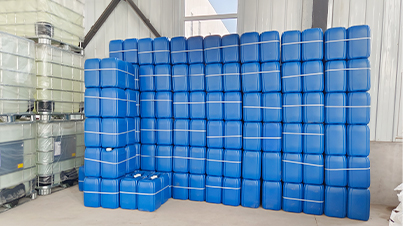what is poly aluminium chloride
Poly Aluminium Chloride (PAC) is a versatile chemical compound widely used in water treatment processes. Composed primarily of aluminum, chloride, and hydroxide ions, PAC is a coagulant that plays a crucial role in the purification of drinking water, wastewater, and various industrial applications. Its unique properties make it an essential component in the treatment processes of many industries.
.
The mechanism through which PAC operates in water treatment involves the destabilization of colloidal particles. When PAC is added to water, it forms positively charged aluminum hydroxide complexes that attract negatively charged impurities, such as suspended solids, organic matter, and microorganisms. This aggregation leads to the formation of larger floc particles that can be easily removed through sedimentation or filtration. As a result, PAC significantly enhances the clarity and quality of treated water.
what is poly aluminium chloride

In addition to water treatment, PAC finds applications in various industries, including paper manufacturing, textile production, and food processing. In the paper industry, PAC is used as a sizing agent and a retention aid, improving the strength and quality of paper products. In textiles, it helps in dyeing processes and acts as a mordant, enhancing color fixation. Moreover, in the food sector, PAC is sometimes used in food preparation and processing as a clarifying agent.
The production of PAC typically involves the reaction of hydrochloric acid with aluminum hydroxide, forming the polymeric structure that characterizes PAC. This production process can be modified to create different grades of PAC, catering to specific needs within various applications.
In conclusion, Poly Aluminium Chloride is an essential chemical compound in water treatment and numerous industrial applications. Its efficiency, cost-effectiveness, and versatility make it an indispensable tool in ensuring clean water and high-quality industrial processes. As concerns over water safety and environmental sustainability continue to grow, the importance of PAC in these areas is likely to increase, highlighting its role in modern water management and industrial practices.
-
Water Treatment with Flocculant Water TreatmentNewsJun.12,2025
-
Polymaleic AnhydrideNewsJun.12,2025
-
Polyaspartic AcidNewsJun.12,2025
-
Enhance Industrial Processes with IsothiazolinonesNewsJun.12,2025
-
Enhance Industrial Processes with PBTCA SolutionsNewsJun.12,2025
-
Dodecyldimethylbenzylammonium Chloride SolutionsNewsJun.12,2025





